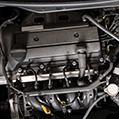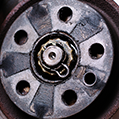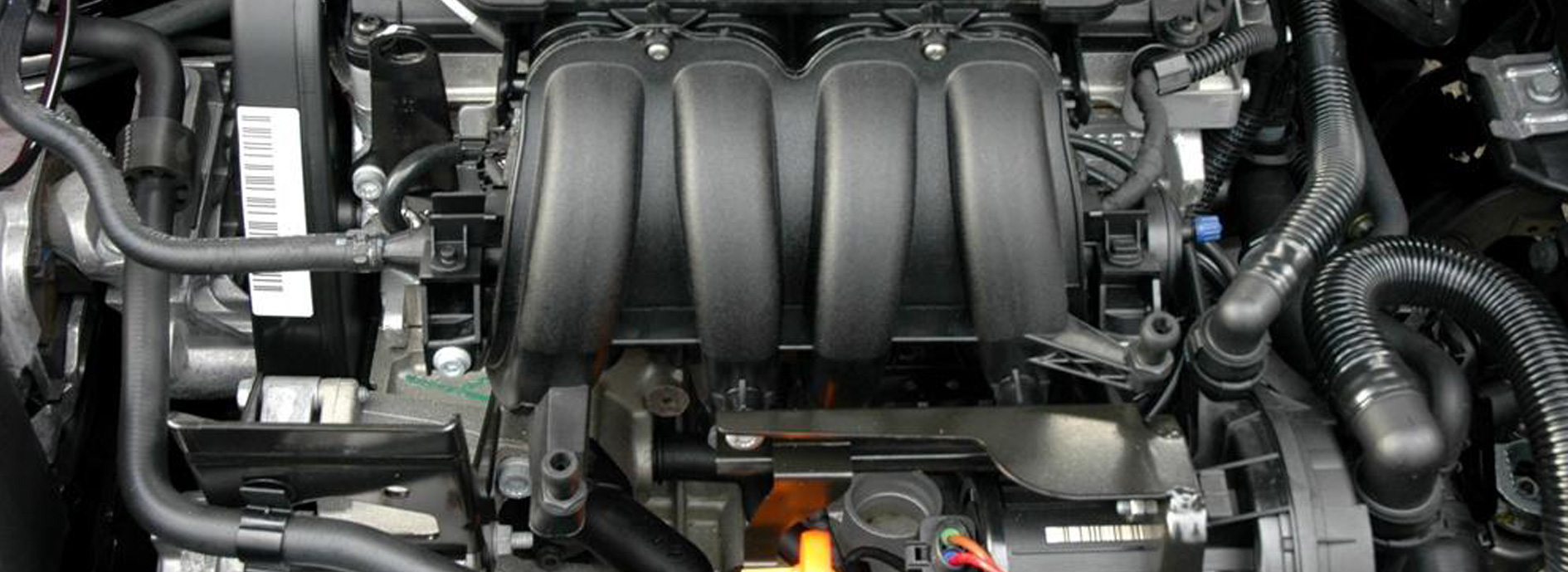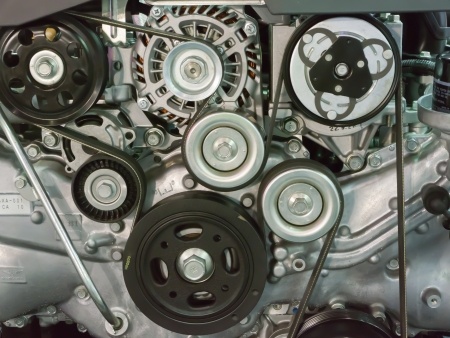
About Us
Lorem ipsum dolor sit amet, movet iisque luptatum per ut. Duo te sonet accusata sadipscing, mollis dissentiet an eam, te qui brute apis.







Belts and hoses are the primary moving parts of your vehicle’s engine. While they are small parts of your vehicle’s engine, they are essential to its movement, and if they fail, it could stop the entire engine.
One of the major belts within your fleet vehicle’s engine is the timing belt, which is part of the valve component within your engine. Typically, timing belts last between 60,000 and 100,000 miles, but this could vary by vehicle. If the timing belt breaks while the engine is running, it can cause costly damage; therefore, you should always replace the timing belt before it is too late.
Serpentine belts are essential to the electrical aspect of your vehicle. Because they are part of the electrical system and are exposed to high levels of heat, these belts can develop cracks over time, which may lead to breakage. If your vehicle’s serpentine belt breaks, it can make steering difficult and even cause the engine to overheat. In order to prevent this, you should have your serpentine belts inspected regularly.
Coolant hoses are flexible hoses that run between the radiator and the engine. They carry coolant from the radiator and to the engine, regulating the engine’s temperature and preventing overheating. If coolant hoses collapse or deteriorate, they need to be replaced in order to help ensure your vehicle’s engine does not overheat.

Belts should be inspected once a month or at minimum, with every oil change. Symptoms of a worn belt can include frayed, worn, glazed or cracking of the belt. Most modern vehicles have only one belt to control all systems (alternator, fan, water pump, power steering, air conditioning, etc.).
Belts should be replaced approximately every 50,000 miles, or if there are 10 or more cracks in a one-inch section of the belt(s).

Hoses should be checked approximately every 3 months, or with every oil change. At Express Oil Change & Tire Engineers, we inspect the vehicle’s hoses as we perform an oil change. Our technicians look for swelling, softness, or cracking. Inspecting hoses can be dangerous if the engine is at operating temperature, so we encourage you to let an experienced, certified technician at our locations perform hose inspections on your vehicle.
Most vehicles have two radiator hoses and several heater hoses, however, some hoses are not visible and can be easily overlooked if you’re not trained to locate them.

Please give us a call and our technicians will be happy to assist you!